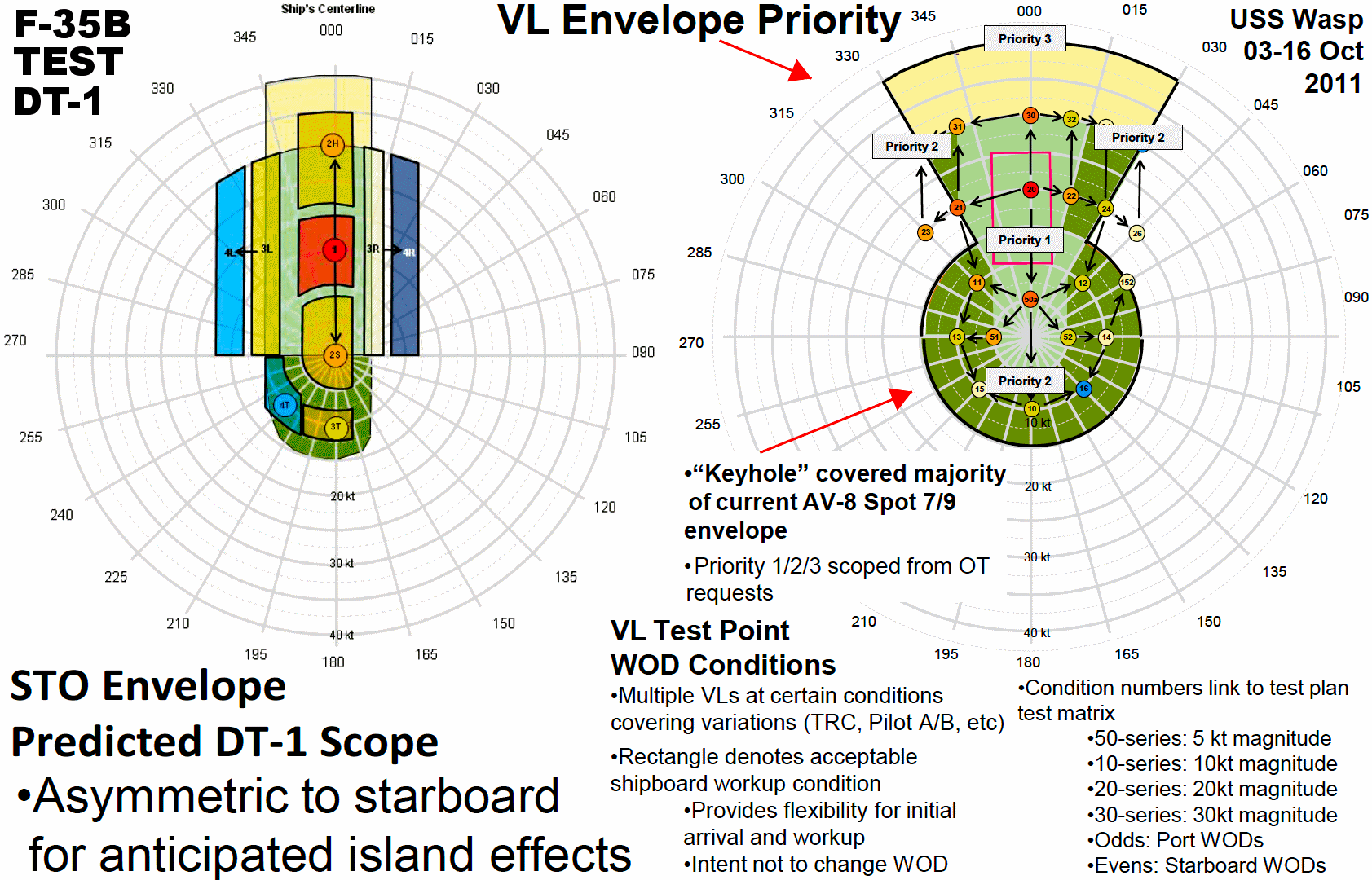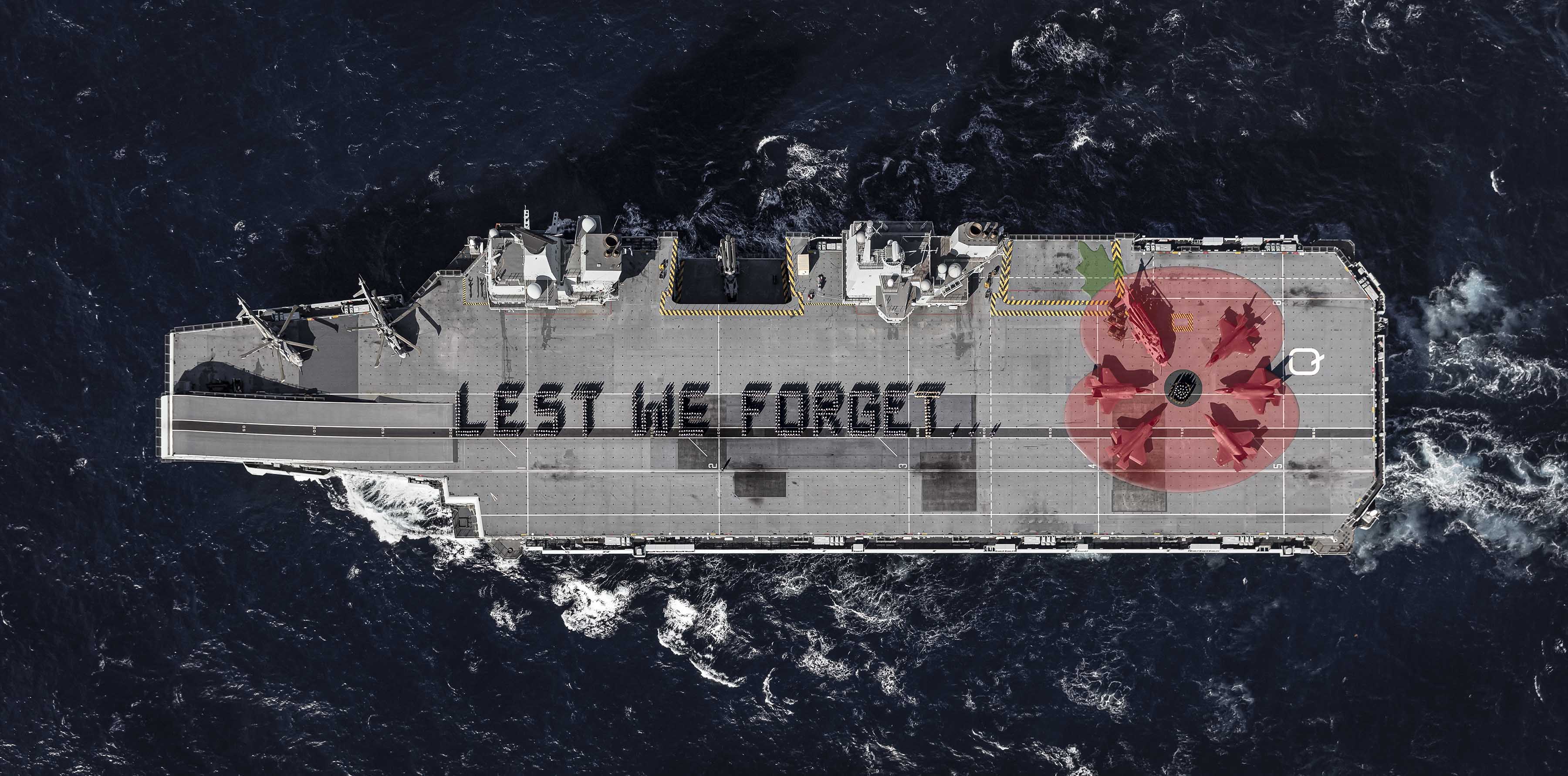UK MOD in a muddle over F-35C
I get that emotion. I blame 'billybobboysweetiepie' for giving credence to that meme/notion - good thing HE is GONE. 
spazsinbad wrote:Long ago 'QS' made the point (I paraphrase) that "the NON-SKID deck coating of whatever flavour is protecting itself." Perhaps one may argue a secondary effect is deck protection (from rust or whatever) but the NON-SKID needs to remain on the deck as long as possible so that the NON-SKID effects are retained. We have seen the old USN NON-SKID deteriorate rapidly on CVNs especially under the target wire and the landing area generally - that is WEAR and TEAR also. NOTHING protects the flight deck like strong appropriate metallurgy. This has been demonstrated time and again over the years.
Apart from the usual NON-SKID deck surface benefits for aircraft and machinery movements - here is anotherie:
"...Traversing Self-propelled; relies on frictional force between MANTIS unit [or ESHA-F-35B] and deck surface..." https://s2.q4cdn.com/767595508/files/do ... ochure.pdf OR download/file.php?id=31757 [ONLY MANTIS for Hairier page]
Back on page 145 this thread 'zerion' posted some pics - this ZOOM of the QE deck tractor shows the QUICK F-35B mover.
https://pbs.twimg.com/media/EGzUo6MW4AE_N86?format=jpg
https://pbs.twimg.com/media/EGzUo6MW4AE_N86?format=jpg
 He should make Z for Zorro the mark with a Z - not a three 3
He should make Z for Zorro the mark with a Z - not a three 3 Via e-mail a blurb for the third & final episode of the current BBC TV series 'bout TESTIN' QE last year: (overblown bolded)
"...HMS Queen Elizabeth is Britain's biggest ever warship. It took nine years to build her at a cost of £3.5 billion. Nearly 1,500 sailors, marines and aviators have left for a make-or-break four-month deployment on the high seas. This is to forge the brand new ship's company into an effective fighting force, but their main mission is to test the top secret F-35B Lightning Stealth Fighter – the most advanced fighter aircraft in the world that will give the ship its lethal sting.
After three months at sea, the test pilots from the Royal Navy and RAF have successfully landed the F35 jets on the flight deck for the first time and even tested launching and landing in hurricane conditions. So far, so good. But now they are about to try a method of landing never attempted before. It carries great risks but could revolutionise carrier operations globally. Another first for HMS Queen Elizabeth will be to launch the jets with heavy weapons for the first time, but suddenly one of the ship's massive gas turbines overheats dangerously and all flying is cancelled. It's a massive setback but one that has to be resolved as soon as possible.
Finally, the Queen Elizabeth heads to New York and enters the harbour in spectacular fashion. The ship transforms into a floating embassy to take on her secondary role as diplomatic envoy to help consolidate relations with the UK's closest ally. Whilst many of the ship's company head ashore to enjoy the delights of Manhattan, a round of glittering cocktail parties and VIP functions are hosted on board for the great and the good of America's political, industrial and military elite. It is now that the world-renowned Royal Marines band come in to their own...."
Via e-mail BEFORE the Photoshop. QElestweforget.png Then there is the tradition of MESSAGES on DECK for most navies:
Say It With Sailors! The Tradition of the Aircraft Carrier Deck Spell-Out 26 Oct 2019 Dario Leone
https://theaviationgeekclub.com/say-it- ... spell-out/
HMS Queen Elizabeth - Remembrance Day at Sea https://www.youtube.com/watch?v=77sEBbOFlCg
Say It With Sailors! The Tradition of the Aircraft Carrier Deck Spell-Out 26 Oct 2019 Dario Leone
https://theaviationgeekclub.com/say-it- ... spell-out/
HMS Queen Elizabeth - Remembrance Day at Sea https://www.youtube.com/watch?v=77sEBbOFlCg
spazsinbad wrote:"...
After three months at sea, the test pilots from the Royal Navy and RAF have successfully landed the F35 jets on the flight deck for the first time and even tested launching and landing in hurricane conditions. So far, so good..."
The real trick with conducting air ops in a "full blown" cyclone, is the seamanship required to always keep the 75+ kt WOD aligned as closely as possible with the deck...

Take an F-16, stir in A-7, dollop of F-117, gob of F-22, dash of F/A-18, sprinkle with AV-8B, stir well + bake. Whaddya get? F-35.
Not sure - without looking it - up how 'cyclonic wind strength' is defined. However they have conducted air ops at the edge of a cyclone in strong wind and seas for sure. Who mentioned 75+ knots WOD? We could look up 'hurricane' also....
https://en.wikipedia.org/wiki/Tropical_cyclone_scales
https://en.wikipedia.org/wiki/Tropical_cyclone_scales
My apologies... I sublimely substituted knots and mph... in the US, last time I heard, a hurricane has sustained wind speeds of 75mph (65kts).
In wot video, the female voice breathlessly exclaimed having performed (or implied) air ops in a "full blown hurricane." Which, in my way of thinking... means you've got 75mph winds coming across the deck. I just hope the boat's captain has that WOD aligned with said deck.
In wot video, the female voice breathlessly exclaimed having performed (or implied) air ops in a "full blown hurricane." Which, in my way of thinking... means you've got 75mph winds coming across the deck. I just hope the boat's captain has that WOD aligned with said deck.

Take an F-16, stir in A-7, dollop of F-117, gob of F-22, dash of F/A-18, sprinkle with AV-8B, stir well + bake. Whaddya get? F-35.
OK now I get it. I highlighted? the speed because "I was being ironic m'lud". So that the intended effect of said bolding was to emphasise the ABSURDITY of the commentator claim. A windspeed for ops was mentioned but not that high as I recall.
One has to remember that 'commentators/reporters' are often exaggerating intentionally or no for dramatic effect.
One has to remember that 'commentators/reporters' are often exaggerating intentionally or no for dramatic effect.

- Elite 5K

- Posts: 6005
- Joined: 10 Mar 2006, 01:24
- Location: Nashua NH USA
One of my professors was an old Navy Helo pilot. He was talking to the class about a resupply mission he had to do where due to ship speed, wind speed, and resupply procedure, he was in a 70knt sideways "hover" in a Sea Knight
"Spurts"
-Pilot
-Aerospace Engineer
-Army Medic
-FMS Systems Engineer
-PFD Systems Engineer
-PATRIOT Systems Engineer
-Pilot
-Aerospace Engineer
-Army Medic
-FMS Systems Engineer
-PFD Systems Engineer
-PATRIOT Systems Engineer
Aaah BUTT - the helo was hovering. WOD means operating with wind speed over deck - people on deck included n'est pas?
Perhaps there was some slight exaggeration on the part of the good professor also. Why was not ship heading into wind?
Perhaps the ship had a much less WOD due to ship/wind direction but the helo experienced stronger wind at altitude?
Perhaps there was some slight exaggeration on the part of the good professor also. Why was not ship heading into wind?
Perhaps the ship had a much less WOD due to ship/wind direction but the helo experienced stronger wind at altitude?
A SHOL diagram for helos/F-35Bs aboard QE may not be public however remember back in the dreamtime a test SHOL for test F-35Bs aboard WASP was published here. Don't know what the REAL SHOL is nowadays however that SHOL gives a clue about WIND/DIRECTION that is SAFE for 'USMC F-35B aircraft' to operate within. Outside the SHOL 'THERE BE DRAGONS'.
"I don't know what SHOL is" now: viewtopic.php?f=57&t=24438&p=283226&hilit=SHOL#p283226
download/file.php?id=19902

"I don't know what SHOL is" now: viewtopic.php?f=57&t=24438&p=283226&hilit=SHOL#p283226
download/file.php?id=19902
Who is online
Users browsing this forum: No registered users and 21 guests





